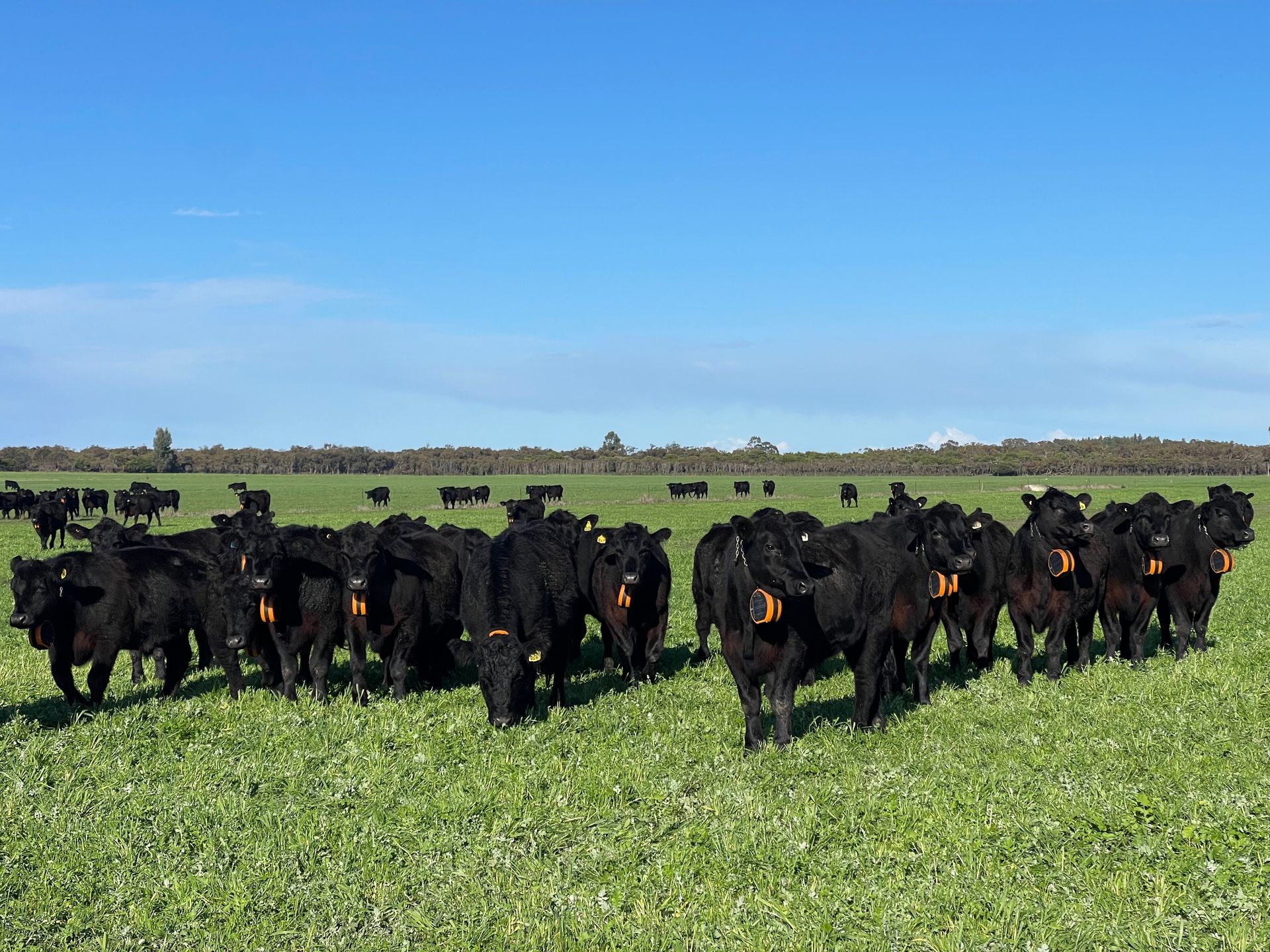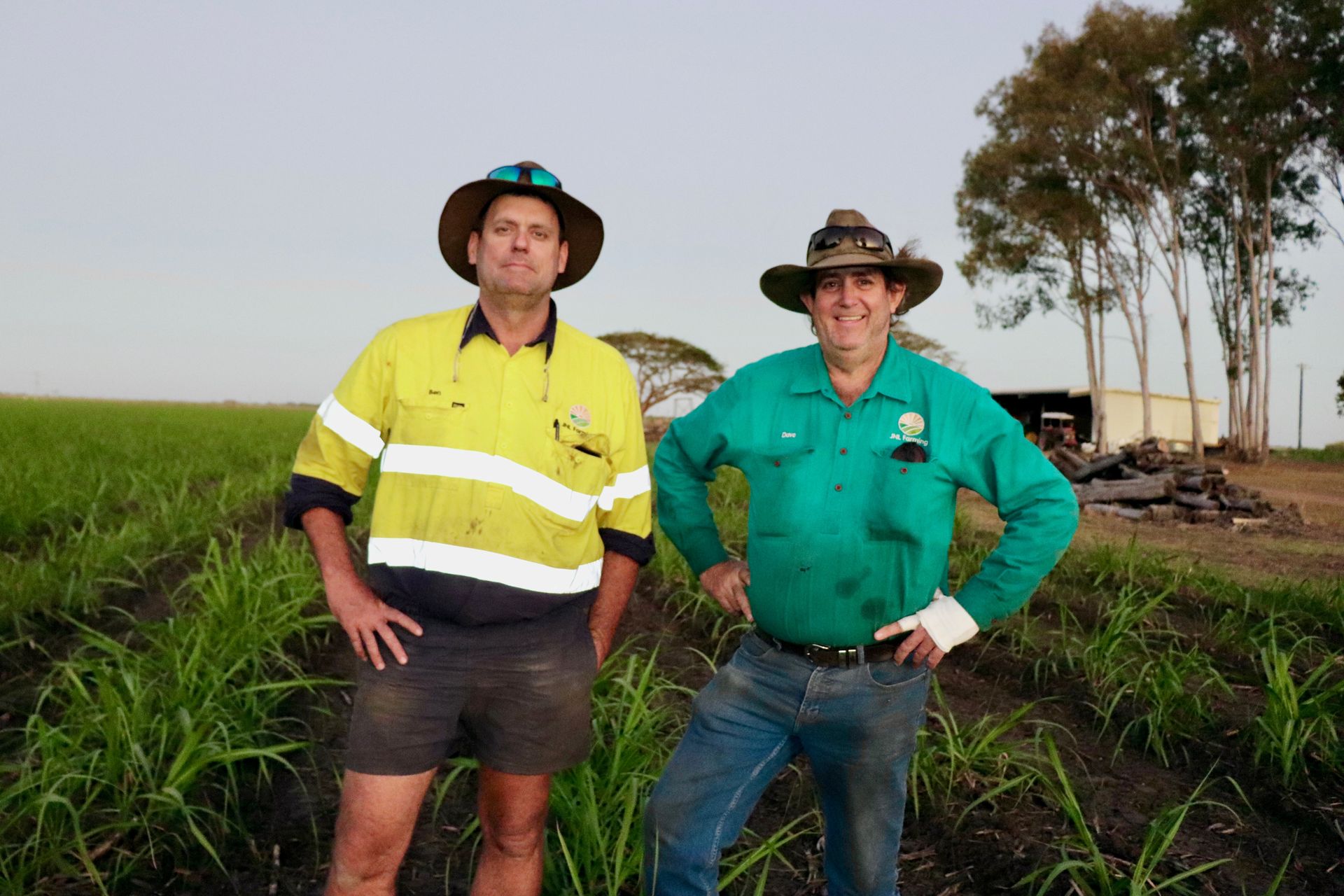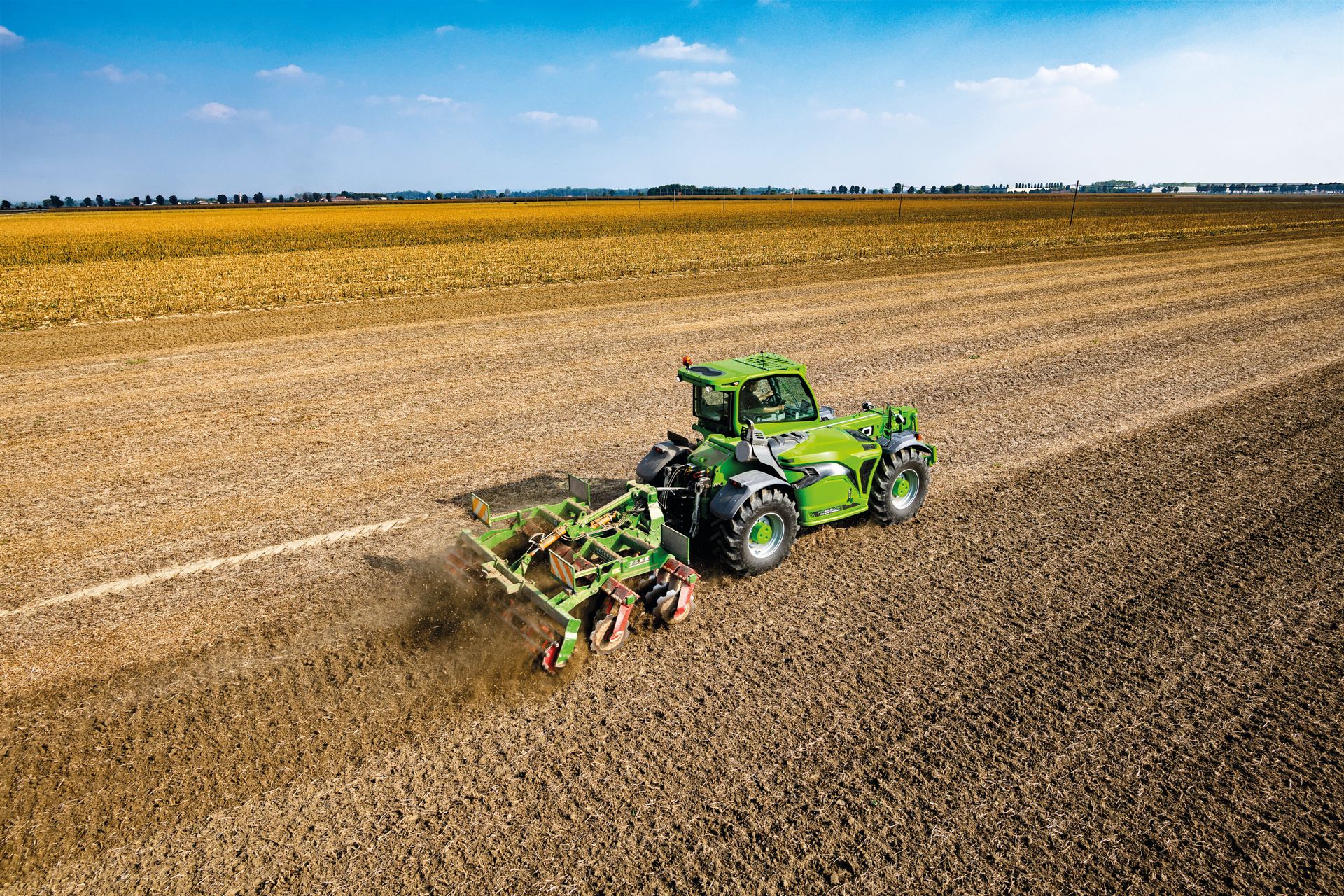Peter Schmidt, based in Perth WA, is Senior Consultant at multinational IT services and consulting company DXC Technology.
The future of ag-tech: reflections on four decades of innovation
After nearly 40 years in the ag-tech industry, I’ve witnessed remarkable transformations in how technology shapes modern agriculture and lifts farming productivity and profitability. From the early days of basic record-keeping to today’s AI-driven insights, the evolution has been nothing short of revolutionary. But where will technology take us next?

The early days: from gut instinct to data-driven decisions
When I began my career in the early 1990s, on-farm technology was primarily focused on recording financial, crop, and livestock data. The mantra was simple: “You can’t manage what you don’t measure.” For many farmers who relied on gut instinct, this shift to data-driven decision-making was a revelation.
As computing power advanced in the 1990s, farm management became increasingly granular. Livestock performance, for example, could be monitored at an individual animal level and crop inputs were tailored to ever-smaller areas—sometimes down to individual plants. Precision agriculture was born and farming entered a new era of efficiency of “doing more with less”.
The next frontier: connectivity, AI, and smart sensors
One of the biggest challenges in rural and remote areas has always been online connectivity. But with providers of satellite internet constellations like Starlink, high-speed internet is now accessible to farmers almost anywhere in Australia, unlocking new possibilities for real-time monitoring and automation.
Smart sensors capable of detecting pests and diseases, using images, sound or hyperspectral analysis allow farmers to monitor crops more frequently and accurately in ways that 10 years ago would have seemed impossible. For example, Laser doppler vibrometers can accurately detect insect species from their unique beating wing signature. High-resolution satellite imagery, available daily, enables remote assessment of land and crop conditions—detecting floods, fires, and crop health with unprecedented precision. The ability to react quickly to emerging threats to the farm can significantly reduce remediation costs.
Artificial intelligence (AI) is set to play a pivotal role in farm management in this country in the coming decade and beyond, proactively analysing data from across the property and providing alerts when potential issues arise. This will save time, effort, and money, allowing farmers to focus on high value activities rather than reactive problem-solving.
Farming in harmony with nature
When I completed my agriculture degree in 1990, at Seale-Hayne College in southwest England, my then crop lecturer Professor David Iley shared a vision: “We need to farm in harmony with nature.” Today, that philosophy is gaining traction through regenerative agriculture.
Our understanding of the soil microbiome, the gut microbiome in humans and animals, genetics and genomics, and the interconnectedness of natural cycles is driving more sustainable farming practices. Cloud computing’s virtually unlimited power for data storage and processing is helping solve complex agricultural challenges, enabling farmers to optimise their operations while preserving the environment For example, predictive analytics of weather, soil conditions, crop growth trends and market prices help in optimal planting, irrigation and harvesting schedules. New state-of-the-art AI tools like Microsoft Copilot Researcher and Analyst are now able to reason over and identify patterns in complex and disparate data sets.
Virtual fencing: A game-changer for extensive livestock management
One of the most exciting innovations on the horizon is virtual fencing technology, which centres on livestock wearing collars that deliver a sound cue or electric pulse when approaching a virtual boundary defined by GPS. This approach, which originates from the 1970s but was only commercialised in the last decade or so, allows livestock to be managed sustainably by concentrating animals in small areas for short periods, then moving them to allow the land to recover.
AI could soon monitor animal movement patterns, detect when fresh grazing is needed, and automatically relocate herds—potentially integrating satellite imagery to assess feed availability. In emergencies such as floods or fires, livestock could be moved to safety without the need for expensive helicopters or putting lives at risk. Likewise mustering costs can be reduced. For farmers who have lost infrastructure due to floods, virtual fencing may offer a cost-effective alternative to traditional fencing, revolutionising extensive grazing systems.
Looking ahead
The future of ag-tech is brimming with possibilities. From AI-driven farm management to regenerative practices and virtual fencing, technology is reshaping agriculture in ways we once only imagined. As we continue to innovate, one thing remains clear: the key to success lies in harnessing technology to work with nature, not against it.
















